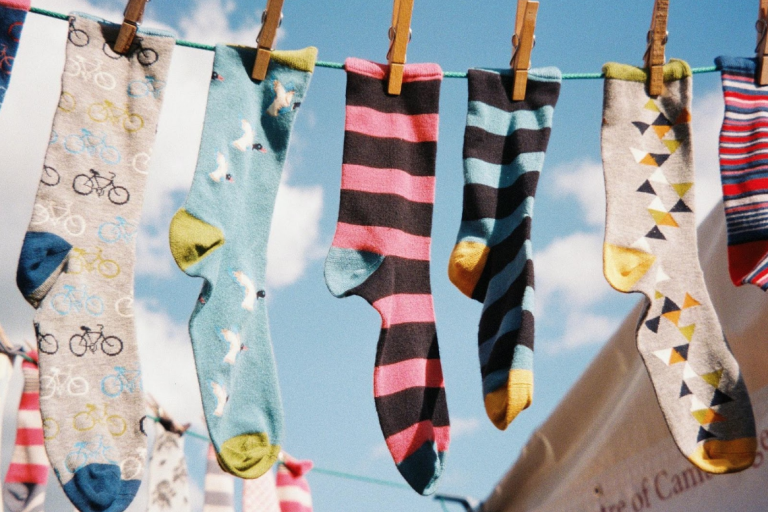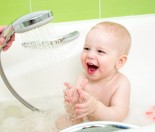Let’s face it. Power bills are typically the biggest ones that New Zealand families face each month. Household energy costs tend to climb highest during the winter, but there’s still heaps of energy savings families can make, all year-round.
The challenge though, is getting the whole family on board with the power saving. The amount of power that you use is determined by the number of people in your household – so the more who are keeping to the plan, the better!
Anyone with children over the age of 3 will be more than familiar with the ritual of walking through the house turning off lights, TVs and other appliances. And with a ritual like that, it’s understandable that to some families, saving power probably seems like a bit of a joke. But we reckon it’s time to flip the narrative and turn those kids into energy saving heroes.
At Powershop, we think Kiwi families should have all the opportunities and tools to be smart with your power and to make some sweet savings. In this article we’ll offer some suggestions on how to get the kids involved in saving power in your home.
Create some healthy competition
The science behind saving power and why it’s important, can be pretty tricky to wrap your head around, especially for the young ones. But never underestimate the power of some light competition and this is where the trusty star chart can come in handy.
Combine a few power saving habits with some household chores and incentivise it! You know what motivates your kids, so whether it’s a daily reward, or a prize after a few weeks, turn power saving into a game and we bet you start to see some savings.
Step it up and create a chart that is shared by the whole family, with a prize that everyone will enjoy. This means adult tasks like cooking, heating and laundry can make their way into the star chart.
Luckily, most of the power saving activities like switching off the lights or reducing shower time are pretty easy to accomplish – they simply need a conscious effort.
Make signs to put next to light switches
Get out the art and craft supplies and make some cards to place by appliances and switches around the house. They’ll remind the kids about their power saving tasks and will pretty useful in the early stages before tasks become habits.
Places you can put signs up include next to the light switches, TVs or computer.
After a while of living to power conscious habits, kids will start to do this automatically without the need for signage. Every time they leave a room, they’ll flick the switch without even thinking about it.
Switch off the oven and do some activity eating
Cooking at home on a daily basis is one of the biggest energy suckers. Between an oven preheating and cooking, a stove and microwave, the typical New Zealand kitchen is a hub of electricity usage, especially around dinner time. Simply reducing the demand on an oven a few nights a week can make a noticeable dent in the power bill, freeing up budget to spend on other more important family needs.
Here’s an opportunity to teach the kids about power saving, preparing food and nutrition all in the same activity. Pick a few nights where you’ll prepare an appliance free meal, such as:
- Salads
- Cold cuts and platters
- Sushi
- Rice paper rolls
- Wraps
- Sandwiches
We call it activity eating. Without using appliances, you can get the kids involved with food prep, free of burning risks. While they’ll still need some supervision if using utensils, the no-cook meals are a quick and fun way to empower your kids to make their own meals and enjoy the satisfaction of feeding the rest of the family.
Want more food inspiration? Head over to Kiwi Families’ food & nutrition section for toddlers, school kids and teenagers.
Set shower times with a fun timer
A 15-minute shower can cost $1. Multiply that out by 5 family members and suddenly you’re spending over $1,800 a year just on keeping clean! Five minutes is long enough to give your body a good scrub, so there’s probably some good power saving opportunities in your household with shorter showering.
To get kids involved with the reduction in shower time, you’ll need to help them keep track of their time. For younger kids, this may require some help to plan out the routine – brush teeth, shower, dry off etc, so they know the process.
Search the local hardware store or the internet and look for a fun egg or digital timer and designate this as ‘the shower timer’. You can get timers in all kinds of shapes and sizes! Set it for 5 minutes and when the alarm goes off, your child can then hop out and dry off or call out to you if needed.
And if an egg timer doesn’t feel right for your family, find a favourite song that’s roughly 5 minutes in length and turn it into the ‘shower song.’ Play this on a bluetooth speaker while they shower and once it’s finished, it’s time to get out. This can even be useful for your child to know how much time they have left as they learn the song. A word to the wise – you’ll get sick of shower songs fast, so have the playlist ready to substitute new songs in regularly!
Outside activities are free activities
The best way to guarantee the kids aren’t using power at home is by going outside to play. Bring the whole family outside in the backyard or down to the local park for a game of cricket, frisbee, soccer or even just get the young ones blowing bubbles if you’re looking for something less energy intensive!
Imagine the power load of an empty house (fridge, internet idling, other always-on appliances), vs. when everyone’s home and it’s powering half a dozen devices, lighting, heating, TV and kitchen usage. If you check your usage data in your power company’s account view (most should have this data available), you can clearly see the difference.
Stuck for ideas? Head over to our school age activities section for some inspiration.
Hang out hanging out the washing
Getting the kids involved in household chores has multiple benefits – there’s less for you to do and the kids might get a kick out of helping with the ‘grown-up’ jobs. One of the more power-conscious behaviors is getting into the habit of hanging out clothes outside on the washing line.
Drying clothing on the line doesn’t just avoid a power-hungry dryer appliance, it’s got other perks too. The natural fresh air and sunlight help to dry clothing, giving them that nice, crispy clean feeling and the UV light helps to kill off bacteria in clothing more effectively than it would drying inside or in a tumble dryer.
Small children may not be able to reach the line to hang clothes out themselves, but they can definitely help passing clothing and pegs to you. Or, if you’re a family with children across a wide range of ages, get them to team up to divide up the jobs of hanging washing out between them.
Double down on your motivation and add hanging the washing onto the star chart.
Spend time learning about power conservation together
Getting kids to understand the ‘why’ behind saving power will go a long way to help cementing power saving habits. As New Zealand moves towards its goal of 100% renewable energy and continues on heaps of other environmental initiatives, we need to make sure our children understand the reasons behind these objectives. Take the time to learn together, there are loads of resources available online – you’ll be surprised what you’ll find out!
Want to get more tips about saving power?
Head over to Powershop’s Saving Electricity resource to learn more about how you can reduce power consumption at home.










